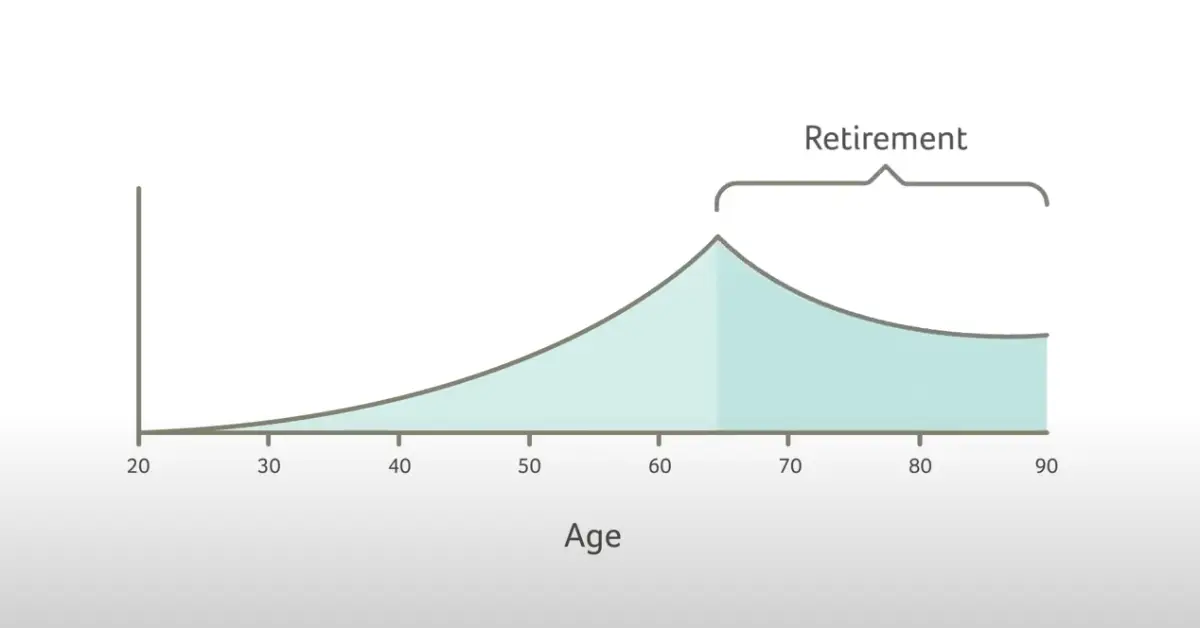How Technology Is Evolving Canada Life Pension and Retirement Planning?
Retirement isn’t what it used to be. With longer life expectancy and changing lifestyles, planning for the future requires more than just saving money. Today, it’s about making smart financial decisions that can support a longer and more unpredictable retirement.
While some people retire early, many continue working into their 70s or beyond. That’s why it’s essential to rethink your retirement strategy. If you’re a Canadian citizen then Canada Life pension could be a key part of building a secure and flexible future.
The Changing Landscape of Retirement
As more Canadians shift from long-term jobs to freelance work, business ventures, or semi-retirement, their savings strategies must be more flexible. More people are relying on personal savings rather than a single pension plan. This shift has forced financial institutions and individuals alike to adapt quickly to an evolving landscape. The goal is simple just ensure that savings last well into the later years, regardless of when or how people choose to retire.
The Decline of Traditional Pension Plans
Companies can no longer afford to guarantee a specific retirement income for employees. The shift is due to the economic changes and rising business costs. The days of working for one company for life and receiving a fixed monthly pension are fading.
Today, most Canadian employers offer defined contribution plans, which require employees to make regular contributions. The size of the pension depends on the amount saved and the investment returns. While this gives employees more control, it also means they bear more responsibility for their retirement. Employees must actively manage their savings and make decisions about their investments to ensure they have enough funds for retirement.
You must take a more active role in your financial planning, as company Canada life pension offering. Just to ensure you have saving enough and invest wisely for the future. There’s no longer a safety net provided by employers, which means personal responsibility has never been more important.
Group Retirement Plans and Workplace Contributions
Group retirement plans remain a key feature of workplace benefits. These plans offer a way for employees to save regularly through payroll deductions. Group retirements have lower administrative fees and are more cost-effective than individual savings plans. These plans are designed to grow over time, providing workers with a solid foundation for their retirement. As employees contribute to these plans over the years, they can gradually build a significant retirement fund.
However, not all employees have access to group retirement plans, especially those who work for smaller companies or are self-employed. For them, building a robust retirement strategy requires a more proactive approach, relying on other registered savings plans and personal investment strategies.
Individual Savings Plans: RRSPs and TFSAs
If you don’t have access to group plans then you have other options like Registered Retirement Savings Plans (RRSPs) and Tax-Free Savings Accounts. Both accounts offer significant tax benefits. RRSPs providing tax-deferred growth and TFSAs offering tax-free growth on investments.
RRSPs are the go-to option for many people looking to reduce their taxable income while saving for retirement. Contributions to an RRSP are deducted from taxable income, which means Canadians pay less in taxes upfront. However, the money in an RRSP is taxed when withdrawn in retirement.
TFSAs also don’t offer an immediate tax break, but the growth is completely tax-free. Withdrawals are also tax-free in TFSAs. Both options can be used in tandem, depending on individual goals and circumstances.
The Role of PRPPs for Self-Employed Canadians
For the self-employed and small business owners, the Pooled Registered Pension Plan (PRPP) offers a great alternative. PRPPs are designed to give these workers a similar savings advantage to what employees in larger companies receive. They allow for automatic contributions and provide a structured savings plan.
One of the key benefits of PRPPs is that they are portable. If a person switches jobs or businesses, they can keep their PRPP without having to start over. This makes them a flexible and accessible option for individuals who don’t work for large companies with pension plans.
They provide a low-maintenance, cost-effective way to save for retirement, especially for those without an employer-sponsored plan. PRPPs offer a mix of tax advantages and easy management, making them ideal for the self-employed.
Technology and Retirement Planning
Technology is helping Canadians take more control of their retirement savings. With a range of online platforms available, it’s now easier than ever to track contributions, monitor investments, and adjust savings goals. These tools provide users with real-time updates and projections. Tech allow you to see exactly where you stand in relation to their retirement objectives.
Online retirement planning tools also offer educational resources that make it easier for Canadians to understand complex financial concepts. Many platforms allow users to create custom savings strategies, so they can adjust their plan based on changing goals, income, or family circumstances. This makes financial planning less daunting and more manageable.
While technology can’t replace personalized financial advice, it can help individuals make informed decisions and stay on track toward their retirement goals. For those looking for a comprehensive overview of their savings, digital tools provide insights into progress and suggest improvements.
Conclusion
As retirement planning continues to evolve, it’s clear that People need to be more proactive and informed than ever before. With a range of tools and strategies at their disposal, individuals must take responsibility for building a future-ready retirement plan.







